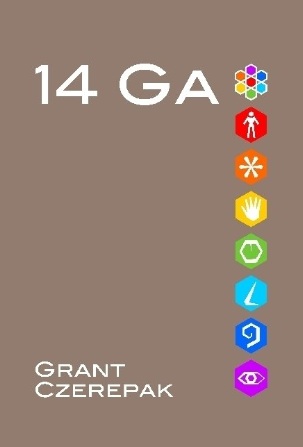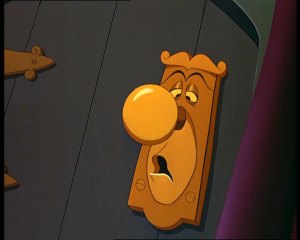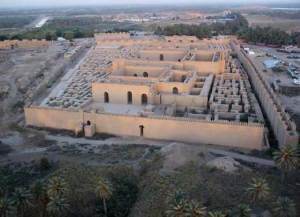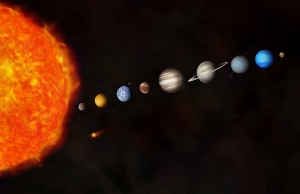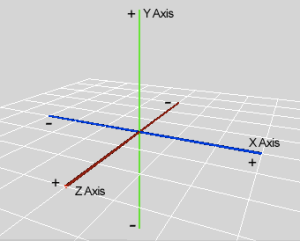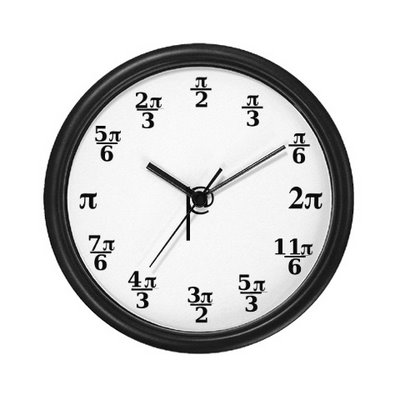.
Social Objects are basically internet media objects (text, audio, image, video) that are the message of the Social Network medium. For the longest time on the internet the message had to be sought out. You had to go to a website to get the social object you wanted. However, by utilizing your social network, people with similar interests send the social objects to you. They are gifts. For example, flickr used to be the place to goto for photos. Now flickr photos are sent to you by your social network. Blog posts used to be sought out and blogs subscribed to. Now blog posts are sent to you by your social network. News used to have news sites that you would go to and follow. Now news is sent to you by your social networks.
.
But that isn’t everything Social Objects come in different varieties:
- Dumb Social Object : an object with no link to a source site.
- Smart Social Object : an object with a link to a free source site.
- Store Social Object : an object with a link to a store source site.
- Cart Social Object : an object with a link to a store source site item.
The classification system can be more extensive, but the separation of object from link is worth noting.
.
So, the social network is simpler than surfing, it eliminates the cost of filtering, and it is pushed, you don’t have to pull. So why is it not possible to have a computer do it? I think a computer can, but not by examining the preferences of the individual. Instead the system must examine interpersonal and group preferences associated to the individual.
.
But even automating individual, interpersonal and group preferences is not enough. Members of social networks have status as Social Senders. Part of receiving a Social Object involves filtering who you accept a Social Object from. How would an advertising vector automate the status of a Social Sender? Facebook calls them “Pages”. It is like a Social Sender/Receiver, but it has a different character, a Social Organization, and it failed. It failed because Social Organizations are one trick ponies. They have a Mission. Mission’s kill diversity and consequently desensitize the Social Receiver.
.
Now let’s take a step back and rethink the Internet for a moment:
.
Interaction can be divided into Self, Personal, Social and World.
.
Stand Alone Computing was Self Computing. Your computer did not interact with any other computer.
.
Web 1.0 was Personal Computing. Suddenly messages were travelling. And a message could be sent to you without query, Push, or it could be sent to you with query, Pull. Your computer interacted with other’s computers in the following ways:
- Email : Personal Push
- Web Pages : Personal Pull
- Message Boards : Social Pull
Basically, messages are Push or Pull. You have:
- Self-Mediums,Self-Senders, Self-Messages, Self-Receivers;
- you have Personal-Mediums, Personal-Senders, Personal-Messages, Personal-Receivers;
- you have Social-Mediums, Social-Senders, Social-Messages, Social-Receivers;
- you have Official-Mediums, Official-Senders, Official-Messages, Official-Receivers.
With the advent of Web 2.0 and Social Networks something new came about : Social Push. Through Social Network connections you could push a Social Object (Social-Message) to a broad audience of generally like minded individuals. This is based on the Social Psychological “Law of Attraction” where it is highly likely that individuals of common interests form connections.
.
But Companies fail in the Social Network model. Why? Perhaps because companies have entered at the wrong end. Perhaps because we are looking at the next stage, Web 3.0, cold and hard in the face. Contrary to what many in the industry claim, perhaps Social Objects are not the future for advertising. Instead of using coercion to get Social Users to share Ad Social Objects, perhaps Objects are the future for Customer Service. But not in a Social Network. Perhaps in an Official Network.
.
Now to think what the nature of an Official Network would be.
